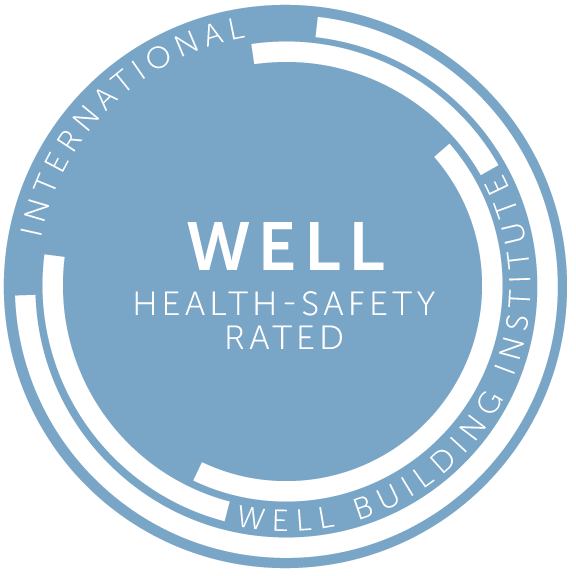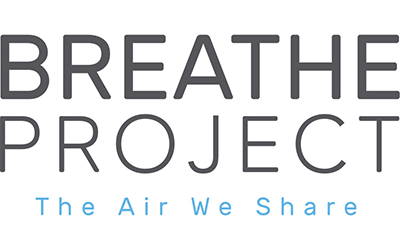Access to Nature for Human Health and Sustainability
Vivian Loftness, FAIA, LEED AP, CPHC | FAIA, Paul Mellon Chair in Architecture, Carnegie Mellon University
Watch This Presentation:
In her presentation entitled “Access to Nature for Human Health and Sustainability,” Carnegie Mellon University professor Vivian Loftness addressed the reasons why nature is vitally important for our wellbeing and encouraged us to become better demanders of safe and healthy built environments.
Little changes can often be taken for granted, but something as simple as opening the window or turning off the air conditioning can make a difference when it comes to creating sustainable building conditions. Drawing from various studies, Loftness examined key design components that are necessary when creating functional spaces. Specifically, Loftness argued that views of nature, circadian light, solar heat, thermal variability (alliesthesia), natural ventilation and access to outdoor spaces are all elements that need to be considered during the design process.
Traditionally, American buildings have been sealed off from nature. Rather than utilizing the inherent benefits that come from the outdoors, the environments we live and work in rarely take full advantage of our available resources. For example, because of its exposure to sunlight, a hospital room facing the southeast may experience a decrease in rates of medication needed, and a change of room temperature can be the deciding factor between someone having more or less creativity or productivity. Loftness suggests we focus on taking steps such as designing around sunshine, maximizing views of nature and creating dynamic thermal conditions.
“We know we need fresh air. We could deliver it through the mechanical system, or we could deliver it through open windows. This is my life’s goal—to make operable windows mandatory in all buildings. I cannot believe that we’re taking old buildings that had beautiful operable windows and locking them down.” Even if it comes with pollution and noise, outside air brings in increased levels of oxygen, and this has been shown to increase performance on tasks. However, these are not the only benefits of open windows. “This is not just about getting more oxygen into the room and less carbon dioxide. What other content is there in the outdoor air that we might need? We’re very afraid of the outdoor air because of fine particulates….[and] we’re afraid of the noise that comes with it, but ultimately outdoor air is often better than indoor air.”
“We need to design our systems and buildings to support daylight and electric light, to support natural cooling and mechanical air conditioning, to support natural ventilation and filtered ventilation, and we need to design for indoor/outdoor work and learning.” By engaging our environment, Loftness says, we can create functional spaces that reach their maximum potential.
“When in doubt, default to nature.”
Additional Resources:

About the Speaker
Vivian Loftness, FAIA, LEEDAP, is an internationally renowned researcher, author and educator focused on environmental design and sustainability, climate and regionalism in architecture, and the integration of advanced building systems for health and productivity. Adding to eight book chapters and over 100 journal articles, she edited the reference encyclopedia Sustainable Built Environments, released by Springer Publishing in 2013 and reissued in 2019.




